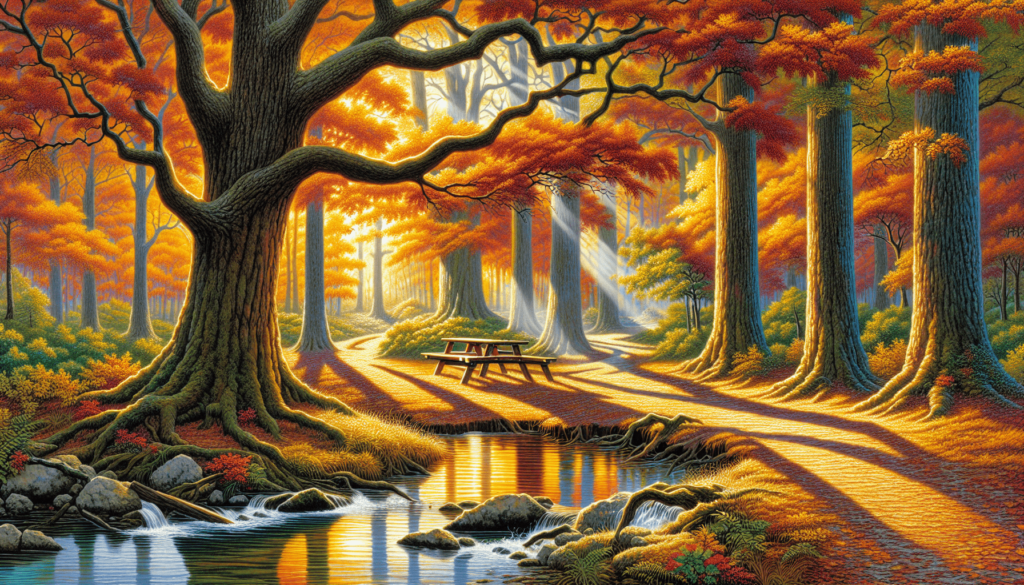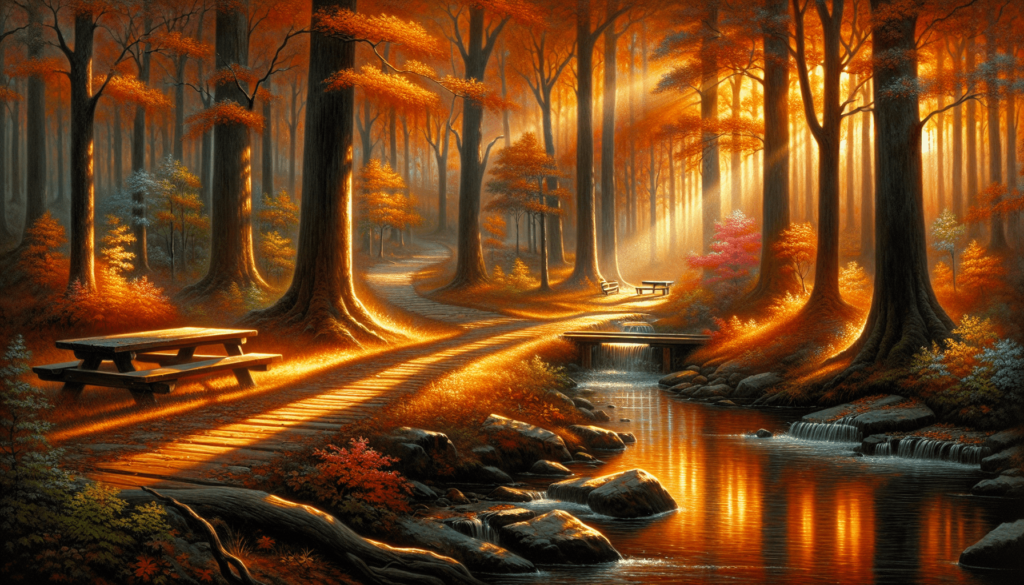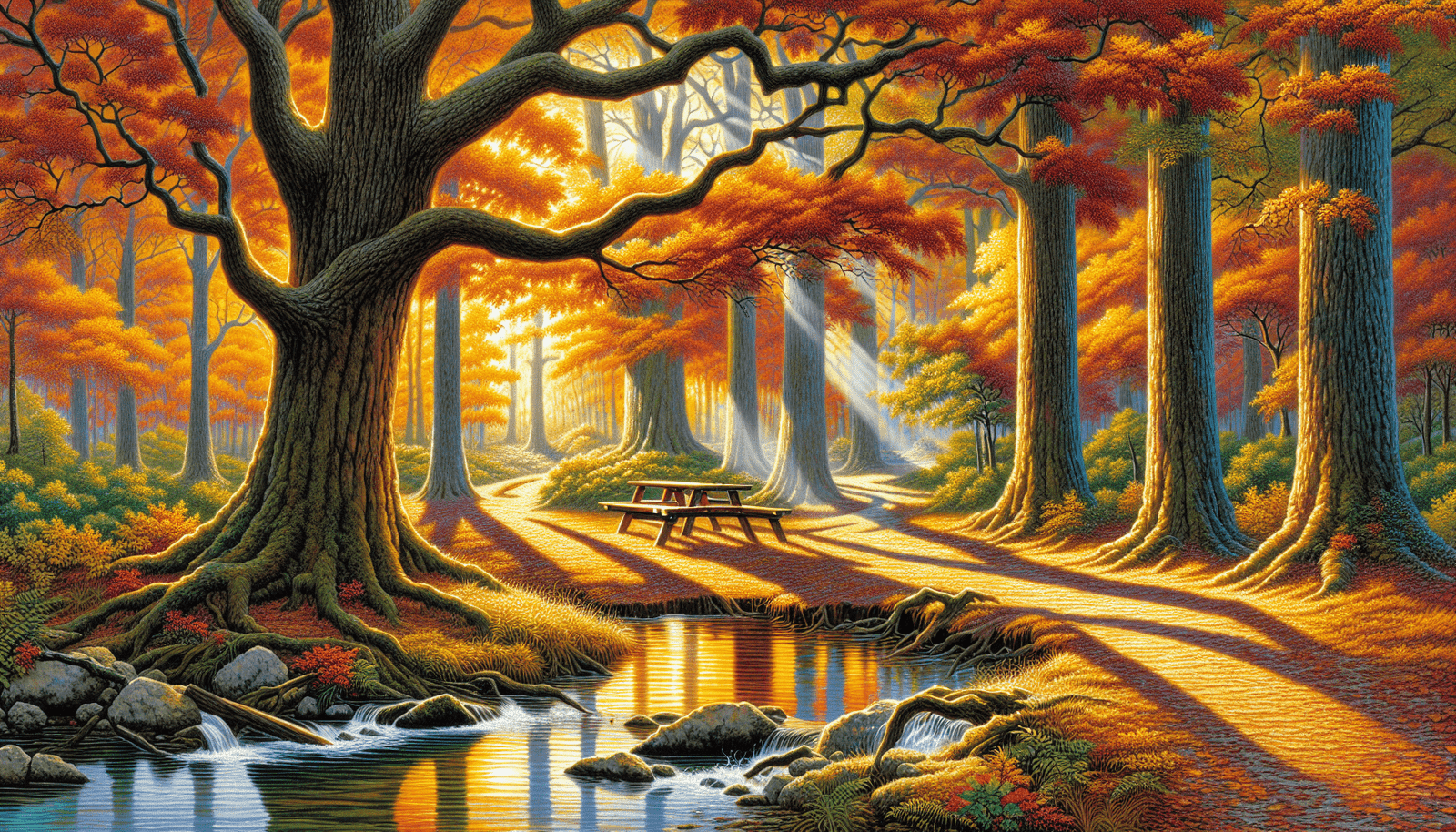Have you ever considered taking a trip to a place where nature’s beauty and outdoor adventures meet? Nestled in the heart of the Ozark Mountains, Mark Twain National Forest in Missouri offers a quintessential escape for nature lovers, hikers, and anyone yearning for some fresh air.
Overview of Mark Twain National Forest
Mark Twain National Forest spans over 1.5 million acres of pristine wilderness. It’s a stunning backdrop for countless recreational activities and serves as a sanctuary for various flora and fauna. The forest is named after Samuel Clemens, better known as Mark Twain, who was a Missouri native and an iconic figure in American literature.
Location and Accessibility
Located in southern Missouri, this expansive forest is relatively easy to reach. The nearest major cities include St. Louis and Kansas City, making it a convenient getaway for residents and visitors alike.
If you’re traveling by car, a few key highways make access a breeze:
| Highway | Description |
|---|---|
| I-44 | Connects from St. Louis to Springfield. |
| US-63 | Runs north-south through the Ozarks. |
| MO-14 | Provides access to scenic routes in the forest. |
History
Mark Twain National Forest was established in 1939 as part of a movement to conserve natural resources during the Great Depression. The efforts focused on reforestation and the development of sustainable ecosystems. With a rich history involving Native American tribes and early settlers, the area is not just a playground for nature lovers but also a land steeped in stories and heritage.
Recreational Activities
Outdoor enthusiasts will find a myriad of activities to enjoy throughout the year. Here’s an overview of some of the most popular options:
Hiking Trails
With over 750 miles of trails, the hiking opportunities in Mark Twain National Forest are virtually endless. Trails range from easy, flat paths to challenging climbs that reward you with stunning vistas.
- Ozark Trail: This extensive trail runs for more than 200 miles through the forest, offering a substantial challenge for seasoned hikers.
- Pine Ridge Trail: A moderate hike that is perfect for families, it takes you through beautiful pine forests.
Camping
Camping in the forest allows you to immerse yourself in nature fully. Here are some campsites that are worth considering:
| Campsite Name | Features |
|---|---|
| Longbow Campground | Offers picnic areas, restrooms, and water. |
| Big Piney Campground | Located near a river, perfect for fishing. |
| K bridge Campground | Suitable for tents and RVs, with fire rings. |
Make sure to check for seasonal availability and any necessary permits before you go.
Fishing and Hunting
If you enjoy fishing, you’ll find plenty of lakes and rivers teeming with various fish species, including bass and trout. The forest’s rivers are not only great for fishing but also for canoeing and kayaking.
Hunting is also permitted in certain areas, so you might want to explore this option as well. Be sure to check local regulations and obtain necessary licenses.
Wildlife Viewing
For those who appreciate wildlife, Mark Twain National Forest offers a chance to see a diverse range of animals. From deer and wild turkey to elusive black bears, the forest is a natural habitat that encourages wildlife interactivity.
Educational Opportunities
In addition to outdoor adventures, the forest provides educational experiences. Ranger-led programs and interpretive trails can deepen your understanding of the ecosystem and its history.

Flora and Fauna
The rich biodiversity of Mark Twain National Forest is one of its most appealing features. This area is home to numerous plant and animal species, many of which are native to the region.
Flora
The forest is primarily composed of hardwood trees, including oak, hickory, and maple. You can also find various wildflowers, shrubs, and ferns that change with the seasons, creating a picturesque landscape.
Fauna
Alongside the abundant plant life, the forest supports a wide variety of wildlife. Here’s a closer look at some of the creatures you might encounter:
| Animal | Description |
|---|---|
| White-tailed Deer | Commonly spotted, especially at dawn and dusk. |
| Wild Turkey | Known for their distinctive gobbles, they are often seen foraging. |
| Black Bear | While mainly shy, they are present in the forest. |
Conservation Efforts
With the increasing impacts of climate change and human activity, conservation plays a vital role in maintaining the beauty of Mark Twain National Forest. You might be interested in the measures taken to protect this natural landscape.
Sustainable Practices
The U.S. Forest Service actively maintains and restores ecosystems by:
- Replanting native species
- Controlling invasive species
- Implementing fire management strategies
Community Involvement
Local communities are often involved in conservation efforts, with volunteer programs available for those who want to lend a hand. Engaging in these initiatives not only helps preserve the forest but also fosters a deeper connection to the area.

Nearby Attractions
If you’re planning to stay longer, consider exploring some nearby attractions to enrich your experience.
Ha Ha Tonka State Park
Located about an hour from the forest, Ha Ha Tonka is famous for its stunning natural bridges and unique geological formations. Hiking paths wind through this breathtaking park, providing photo opportunities at nearly every turn.
Lake of the Ozarks
A short drive from the forest, this expansive lake offers water sports, boating, and fishing. It’s a popular destination for families looking to combine outdoor fun with relaxation.
Branson, Missouri
Known for its entertainment and shows, Branson is just a couple of hours away. Whether you’re looking for music, comedy, or family-friendly attractions, Branson offers something for everyone.
Practical Tips for Visitors
If you’re thinking of venturing into Mark Twain National Forest, some practical tips can help make your visit enjoyable and stress-free.
Best Times to Visit
The forest has something to offer year-round:
- Spring: Wildflowers bloom, making it a colorful experience.
- Summer: Warm weather is ideal for hiking and fishing.
- Fall: Spectacular foliage transforms the landscape.
- Winter: Snow-covered trails provide a different kind of beauty.
Preparing for Your Trip
Consider these essentials for your trip:
- Map and Compass: Even though many trails are marked, having a physical map can be a lifesaver.
- Water and Snacks: Keep yourself hydrated and energized.
- Appropriate Clothing: Wear layers to adapt to changing weather conditions, especially in spring and fall.
Safety Tips
Your safety should always come first. Here are some considerations:
- Wildlife Awareness: Keep a safe distance from all animals, especially bears.
- Trail Etiquette: Yield the trail to those going uphill and keep to the right to allow faster hikers to pass.
- Leave No Trace: Follow the seven Leave No Trace principles to help preserve the forest for others.
Conclusion
Mark Twain National Forest offers a wonderful escape filled with breathtaking nature, abundant recreational activities, and a rich tapestry of history. Whether you’re hiking, fishing, or simply basking in the natural beauty around you, there’s no shortage of experiences to enjoy.
Planning your visit with the provided tips will help you make the most of your adventure in this magnificent forest. Don’t just see the national forest; immerse yourself in all it has to offer. Happy travels!

